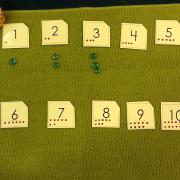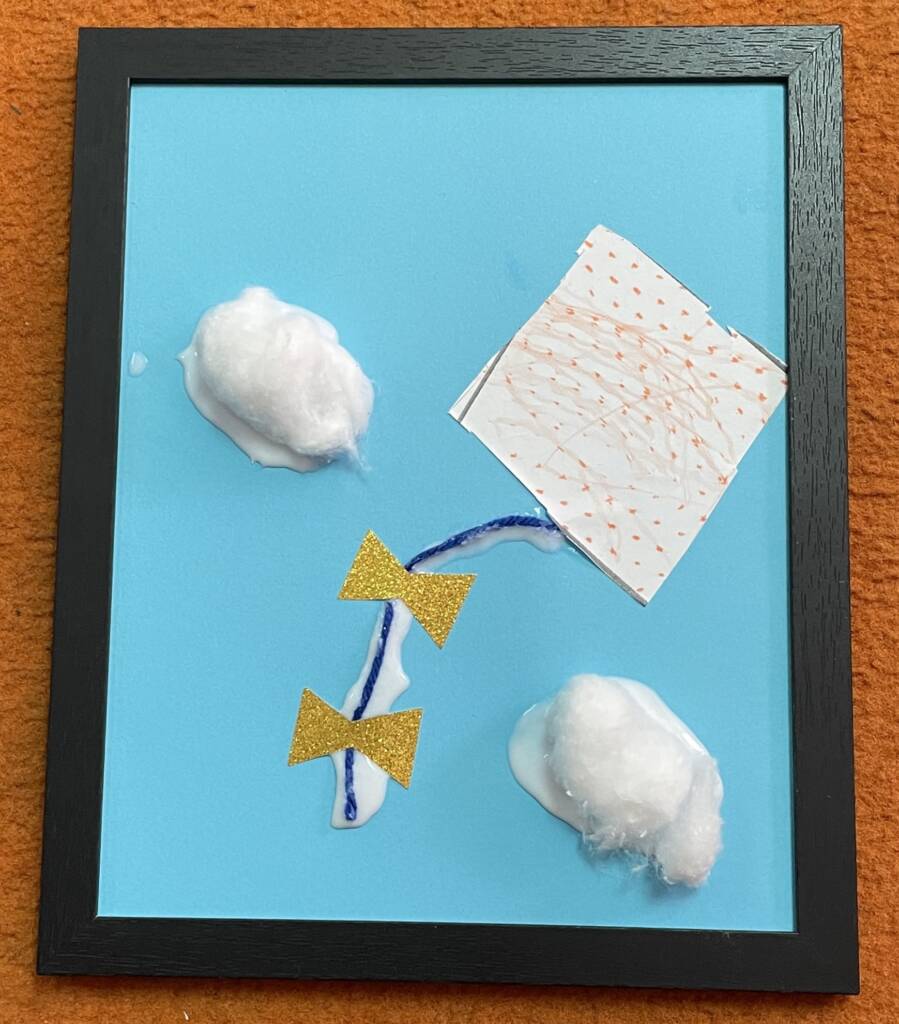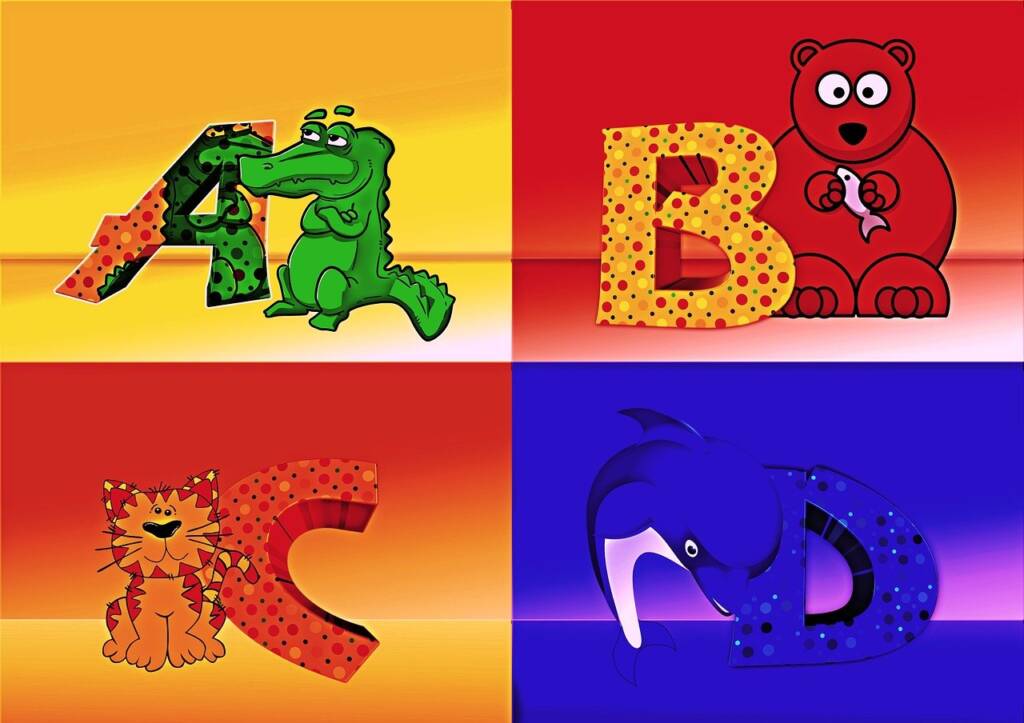I teach in a preschool classroom for children with visual impairments and I have been working on reading numbers and making sets of requested amounts with most of the children. I found these two activities that the kids in my class like so I thought I would share them. Some of my students are print readers, and I find that they are able to read numbers much earlier than my braille readers, which makes sense since braille is not as accessible as print and is harder to learn. So I made some print/braille/tactile cards that all my kids can access.
I am going to give you information about 2 different math activities focused on reading numbers and making sets for the numbers 0-10. In the second lesson, as I wrote I got an idea of how to incorporate the lesson into beginning abacus use. Please let me know how that works and if my description makes sense.
Activity 1
Materials and preparation:
You need number cards and counters. To make the cards, I printed out the numbers, I brailled them, and then I made small tactual dots out of puff paint to correspond to the numbers on the card. My students then can read the print, the braille or look at either the print/braille and count the dots to see what the card says. This activity is made to be used with kids who can count objects or items on a page independently, or to be used when working directly with a student. You will also need a work mat or table and 55 counters.
Activity:
The student takes out a work mat, or it can be done on a table. He then gets the materials and sets out the numbers in order. Some students might only be ready for the numbers 1-5, others might be ready for 1-10. You should help set your child up for the amount that they are ready for. Once the numbers are laying out in order the child makes sets of objects under the number. My kids have counted many different types of things (rocks, gems, bells, I just bought small pink high heel shoes and I am looking for small cars). Once they are done they put all the items back to where they belong.
Activity 2
This lesson is a spin off of a Montessori work called a spindle box. A spindle box is a tray with separate compartments for the numbers 0-4, and then another tray for the numbers 5-9. It has wooden rods available for the kids to put into the various compartments in correspondence to the number identified.
Materials and preparation of lesson:
I copied mine from a website and it is made out of toilet paper tubes. I took toilet paper tubes, covered them with construction paper for visual appeal, and hot glued them down to cardboard or a thick display board. I then labeled them with print/braille numbers. I made a set for 0-4 which is shown, and then a separate one for 5-9. It is made so that you can take one out for the kids who are working on the lower numbers, or take 2 out for the kids who are ready for higher numbers. You will need some type of object for counting, here I have holiday pencils, but you could use straws, sticks or pipe cleaners… they just need to be long enough so that they will stick out of the top of the toilet paper tubes.
 Activity:
Activity:
You will have the student set up with a work mat and materials. They will put the counters in the corresponding spot, so none in 0, 1 in 1 and so on. When they are finished they will put all there materials away. You are probably wondering why this activity stops at the number 9, like I said it is a spin off of a Montessori lesson and I believe that it is a lesson that comes before the introduction of ten bars in the Montessori classroom.
Additional Ideas:
As I was sitting here writing about the second activity, I thought of a way to incorporate this lesson in with the introduction of the abacus. You could do 0-4 as shown, and create that on the abacus. Then when you transition over to 5-9 you can have sets of 5 (so 5 of whatever object you are using) rubber banded together. For 5 you would put one bunch, and show 5 on the abacus. For 6 you would put 1 bunch and 1 single and create 6 on the abacus. You could continue that until 9, and then you would have to introduce a 10 bar, in combination with 5 bunches and singles to combine with the abacus. Right now, this is to much for my preschoolers, but we have been working on units (single objects) and 10 bars. I would love to hear how the lesson went for students who are using an abacus, if it worked and if my description made sense.
Independence in the activity:
I feel that it is important to include the child in the entire process of an activity. I store all my materials at a height that the students can reach. I keep them on trays so that they know what materials they need for an activity and so that they can carry them all at once. I also try to keep them in the same location within the room so that they can find them. I have incorporated the work mat in my classroom after observing it’s use in a Montessori classroom. It helps to identify a workspace when working on the floor and helps to teach respect for other students work or materials. Even my totally blind students can be successful walking around the other students and the work that they are doing because they can feel the mat under their feet!!





